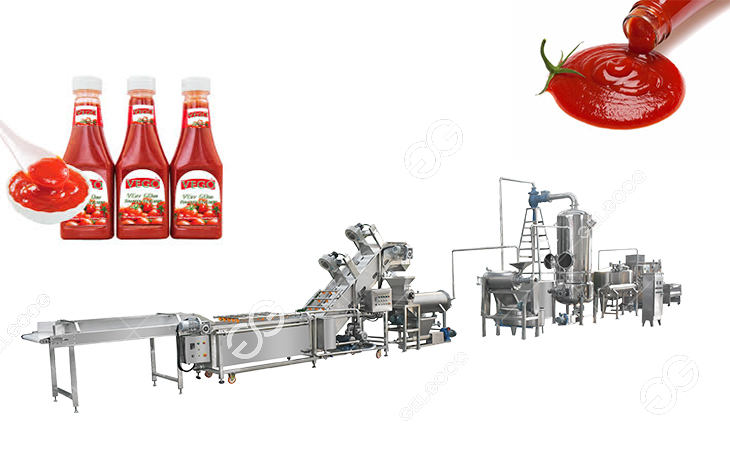Tomato sauce is a commonly used condiment that is used in a variety of cuisines all over the world. The tomato sauce industry is constantly growing, with millions of gallons produced annually in factories all over the world. The process of making tomato sauce is complex and involves the use of several pieces of equipment. In this blog, we take a closer look at the equipment used in the processing of tomato sauce in factories.
- Sorting Equipment
One of the primary steps in the processing of tomato sauce involves sorting the raw materials. Sorting is necessary to remove any damaged, overripe, or undeveloped tomatoes from the batch. Sorting is carried out manually, and factory workers carefully go through each tomato to ensure only the best quality is used in the production process.
However, as the industry is growing, automating the process would be more efficient, and sorting machines are being developed for the sorting of tomatoes in the factory production process.
- Washing Equipment
After sorting, the tomatoes go through a washing process to remove any dirt or impurities that could contaminate the product. This stage is critical, as any impurities remaining in the product could lead to spoilage, and the sauce would be rendered unsuitable for consumption.
Washing equipment used in the production of tomato sauce is typically made up of a set of metal drums that are connected to a water supply. As the tomatoes pass through the drums, they are thoroughly washed and then sent onto the next stage of the production process.
- Grinding and Separating Equipment
The next stage of the processing of tomato sauce involves grinding and separating. The tomatoes are ground into a puree using large industrial blenders. The puree is then separated from the tomato skins, seeds, and any other impurities using a specialized machine known as a separator.
A separator works by applying both a centrifugal force and gravity, which separates the puree from any unwanted impurities, leaving only the liquid part of the tomato behind.
- Heating and Pasteurizing Equipment
The separation process produces a clean tomato puree, but to remove bacteria or any microbial organisms, the puree must be pasteurized. The pasteurization process involves heating the tomato puree to a specific temperature for a particular period to eliminate any bacteria present.
The equipment used to heat and pasteurize the tomato sauce is typically a heat exchanger, which works by running the tomato sauce through stainless steel tubes that are surrounded by hot water to raise the temperature of the tomato sauce to the required pasteurization temperature.

- Filling Equipment
After pasteurization, the tomato sauce is ready for filling. Filling equipment in the tomato sauce manufacturing process mainly includes the filling line, which consists of a series of conveyors and filling machines and can have a high filling rate, meaning more sauce can be packaged in less time.
Filling machines used in the sauce-making process can be semi-automatic or fully automatic, depending on the needs of the factory production process. Fully automated filling machines are more efficient, filling the jars or bottles automatically and capping them with little or no human interaction.
- Packaging and Labeling Equipment
The final stages of the tomato sauce production process are packaging and labeling. These stages are essential as they ensure the safe delivery of the product to the end-users. Packaging and labeling equipment can vary depending on the type of packaging required, volume of production, and the factory’s size.
Packaging equipment has advanced significantly in recent years, and there are now fully automated packaging machines that can create and apply labels at high speeds. These machines help to improve production capacity and improve the overall efficiency of the processing line.
Conclusion
To sum up, the processing of tomato sauce in the factory requires a lot of specialized equipment. Starting from the sorting and washing stage to the packaging and labeling stage, each piece of equipment plays a crucial role in the production process.
As the production of tomato sauce in the factory continues to grow, there is a need to automate more of the manufacturing process to achieve greater efficiency, productivity and ultimately reduce costs.